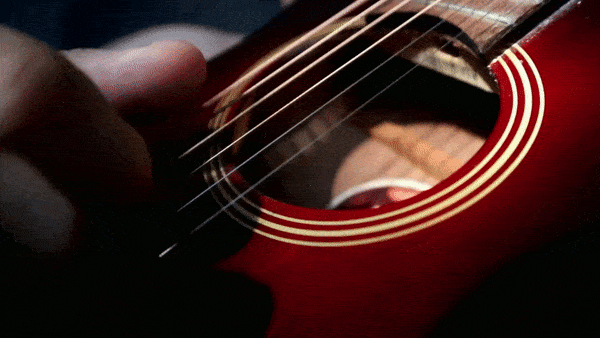- Home
- Listings
- Things To See & Do
- Car Hire
- News
- Properties
- What’s On
ES
Buying a Spanish guitar in Granada
Buying a Spanish guitar
Granada is the home of flamenco and probably the best place in Spain to buy a classical or Flamenco guitar. The guitar-makers of Granada are renowned the world over for the excellence and artistry of their work.
While a top quality, hand-made concert guitar can cost thousands of euros, it is possible to buy a reasonably good quality, great-sounding Spanish guitar for as little as €300.
A Spanish guitar is a good investment, not only because it is a beautiful object that will be a source of interest and pleasure for many years to come – perhaps even for generations – but also because good-quality musical instruments tend to improve with age, if they are taken care of properly.
Can you take it with you?
If you are thinking of buying a guitar in Spain and taking it back to your own country, you may need to check with your airline to make sure that you will be allowed to take it onto the plane with you as hand luggage. Security restrictions now make it problematic for passengers to fly with musical instruments on some routes. Whatever you do, don’t put your guitar in with your luggage (even if you put it in a guitar-case), or it’s liable to be reduced to splinters by the time you reach your destination.
The top of the guitar
The most important thing to make sure of, when buying a classical guitar, is that it has a solid top rather than a laminated plywood top. This will normally be stated clearly on the model description label, but if it isn’t – or if you can’t read the description because it’s written in Spanish – ask the dealer. Most classical guitar tops are made from either cedar or spruce. Unless you are buying a top of the range, hand-made instrument, it is usually safest to go with cedar. There is nothing wrong with spruce, but the spruce used in low-price guitars tends to be of inferior quality. Spruce and cedar produce different tonal properties (“bright” and “dark” tones respectively).

The body of the guitar
For sides and back of the guitar, choose either solid wood or laminated (solid is better, but costs more). Laminated guitars are available in a range of woods including mahogany, sapelle, mongoy and rosewood. Again, to be on the safe side – and assuming you are not knowledgeable about guitars – go for a hard rosewood if you are offered a choice.
To summarise: if you want to buy a good-quality but reasonably cheap Spanish classical guitar, look for one with a solid cedar top, and either laminated or solid back and sides.
Classical or Flamenco?
Classical and Flamenco guitars differ in several respects. Flamenco guitars are more lightly constructed than classical guitars. The top on the flamenco guitar is typically thinner, and the body shallower than a classical guitar. The strings of a flamenco guitar are also set lower, allowing for faster action. The backs and sides of Flamenco guitars were traditionally made from cypress, while the tops were made from spruce. The later, and now extremely popular, “flamenca negra” guitar combines the style of the Flamenco guitar with the materials used in high-end classical guitars.
